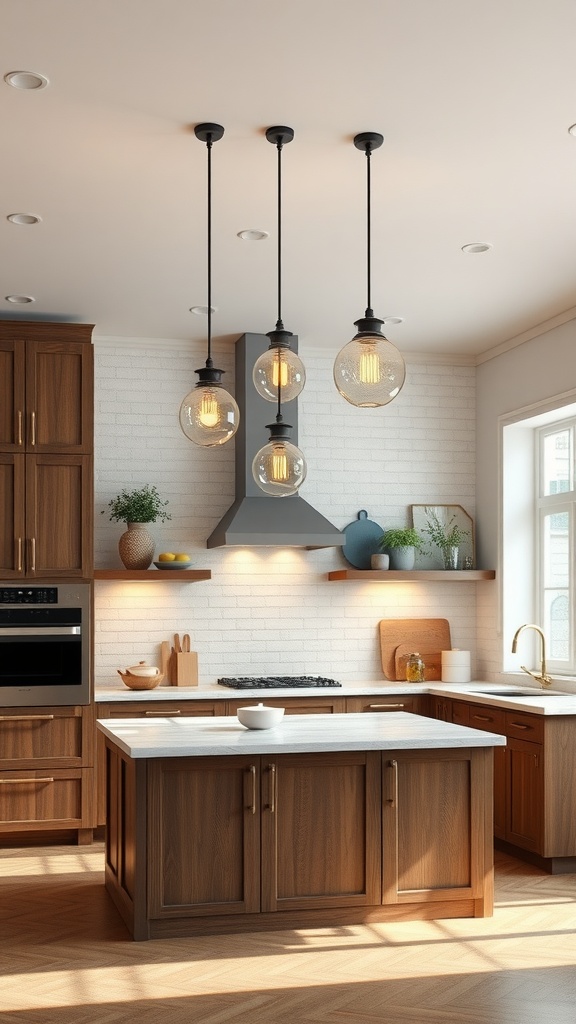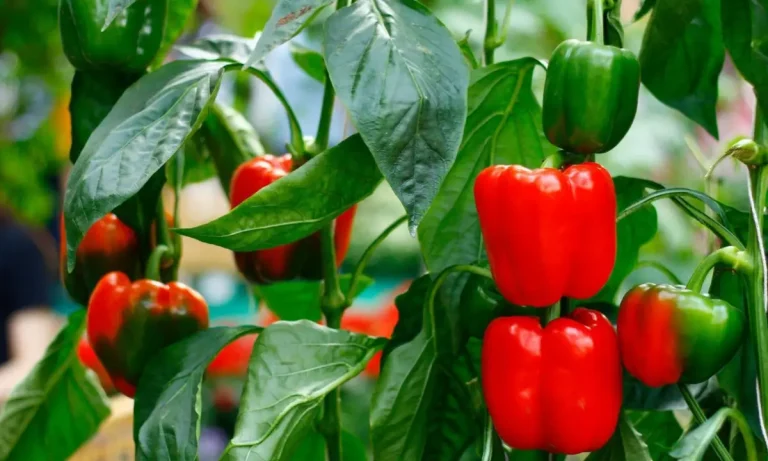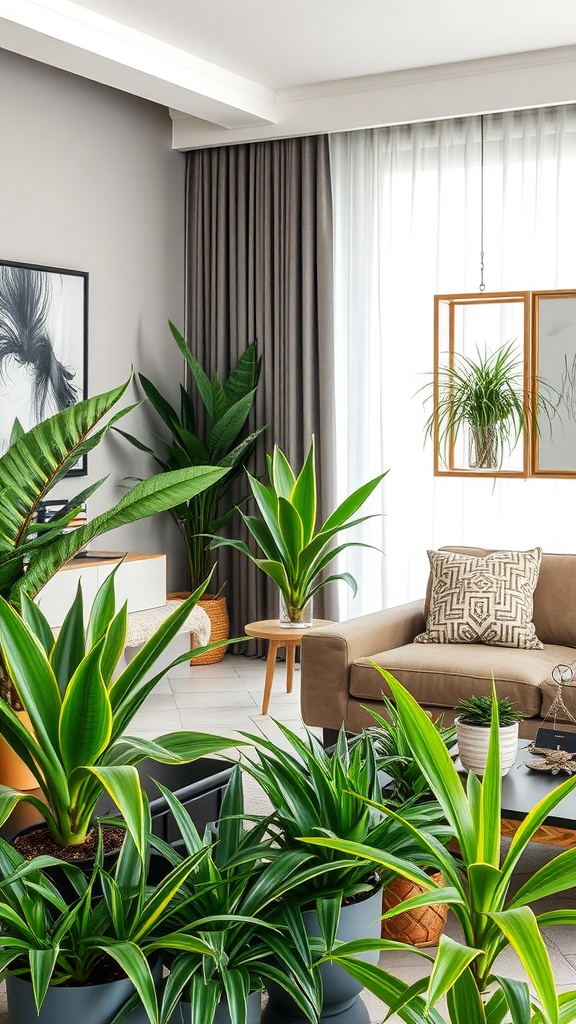17 Flowering Trees Ideas for a Stunning Outdoor Living Space
Looking to take your backyard or front lawn to the next level? Whether you’re dreaming of a colorful cottage garden or a chic, modern back porch, flowering trees can work magic in any outdoor living space. These beautiful trees not only add curb appeal but also provide shade, privacy, and vibrant seasonal color.
In this guide, we’ll explore 17 stunning flowering trees that are perfect for adding charm and character to your yard. From show-stopping spring blooms to fragrant summer blossoms, there’s something here for every garden style—whether you’re leaning toward romantic Southern charm or clean-lined modern patio furniture vibes.
Here are the top ideas to consider when planning your next outdoor upgrade.
1. Eastern Redbud
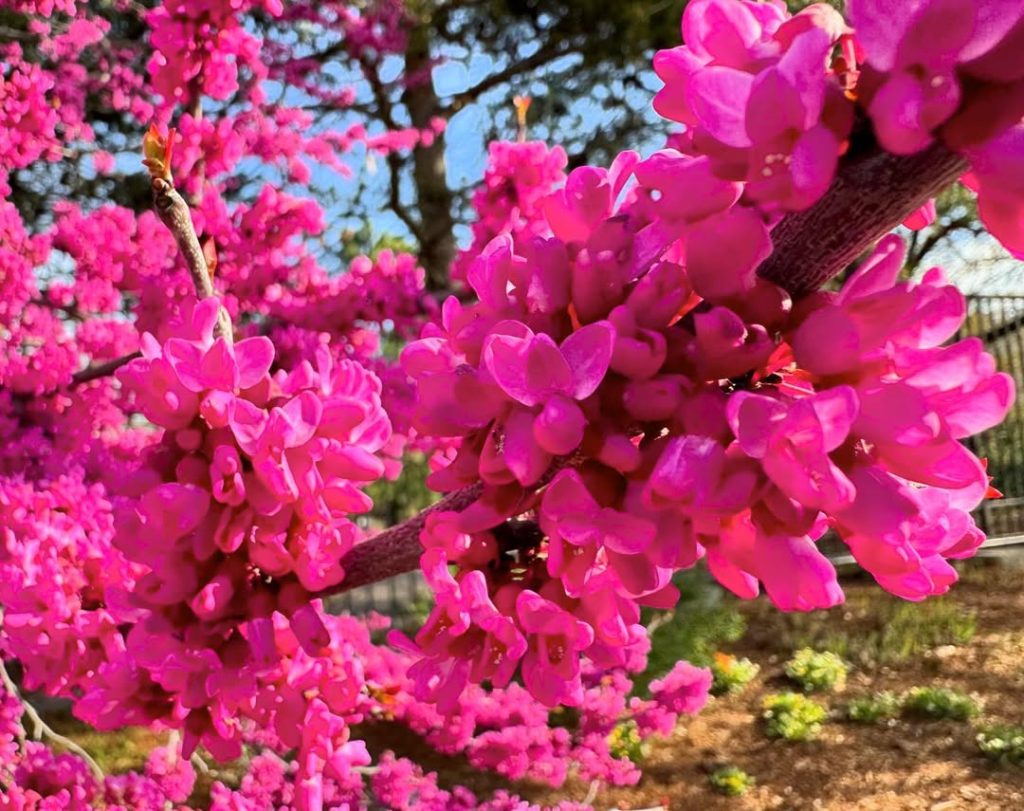
Source
With its heart-shaped leaves and vibrant pink-to-magenta blooms, the Eastern Redbud is one of the most charming flowering trees you can plant. It bursts into bloom in early spring, often before its leaves fully unfurl, giving your yard a brilliant flush of color when little else is in flower.
This tree is perfect for adding interest near your back porch or along a driveway. It’s compact enough to fit into smaller yards, reaching about 20–30 feet in height, and it grows well in USDA zones 4–9.
Its irregular branching pattern gives it a sculptural feel—ideal for homeowners looking to add artistic flair to a modern back porch or outdoor seating area. Redbuds also attract pollinators like bees and butterflies, making them a great addition for eco-conscious gardeners.
Plant it in full sun to partial shade, and give it well-drained soil for best results. This is one tree that not only looks amazing but also brings life and movement to your landscape.
2. Saucer Magnolia

For a splash of drama, the saucer magnolia is an unbeatable pick. Known for its large, tulip-shaped blooms that range in color from soft pink to deep purple, this flowering tree creates a jaw-dropping focal point in early spring.
It’s an excellent fit for both traditional gardens and sleek modern patios. The tree typically grows to about 20–25 feet, making it manageable for residential landscapes. Its rounded canopy is lush and elegant, perfect for providing some shade near a patio seating area or outdoor dining spot.
If you’re looking to evoke a Southern garden feel or want a classic statement piece, the saucer magnolia delivers. It thrives in zones 4–9 and prefers full sun with well-drained, slightly acidic soil.
Its flowers bloom before the leaves emerge, creating a striking silhouette that instantly elevates your curb appeal and makes your back porch decor pop.
3. Dogwood (Cornus florida)
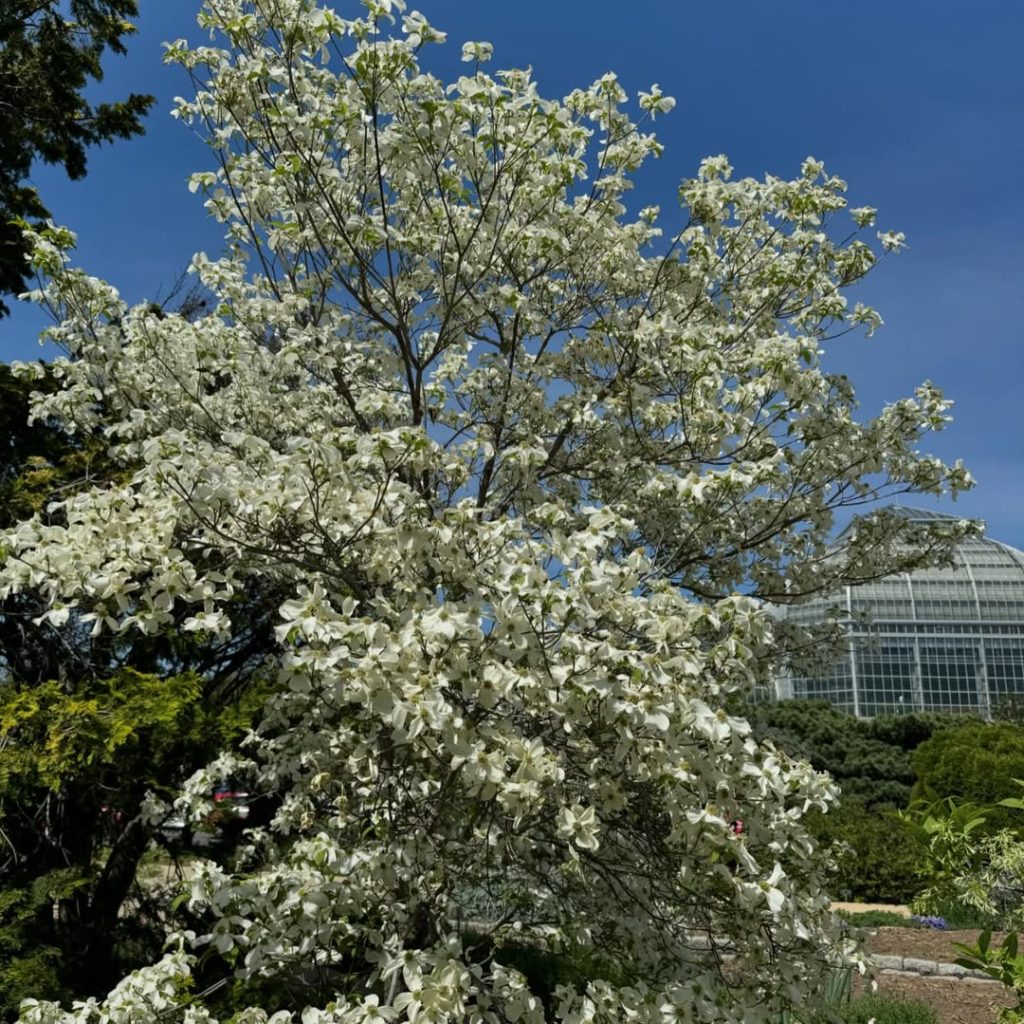
A timeless classic, the dogwood tree is beloved for its graceful shape, attractive bark, and springtime display of four-petaled blooms in white, pink, or red. It’s often seen in cottage-style gardens, but it works beautifully in more modern outdoor living designs as well.
Dogwoods are relatively small—usually growing 15–25 feet tall—making them a lovely addition to garden borders, side yards, or patio perimeters. The layered branching structure creates a soft, cascading effect that offers shade and privacy while maintaining visual interest.
This tree is also a four-season beauty. It blooms in spring, has lush green foliage in summer, turns a rich reddish-purple in fall, and showcases textured bark in winter.
For best growth, plant your dogwood in partial shade with moist, well-drained soil. It’s hardy in zones 5–9 and does well as a specimen tree or in groupings for greater impact.
4. Flowering Cherry (Prunus serrulata)
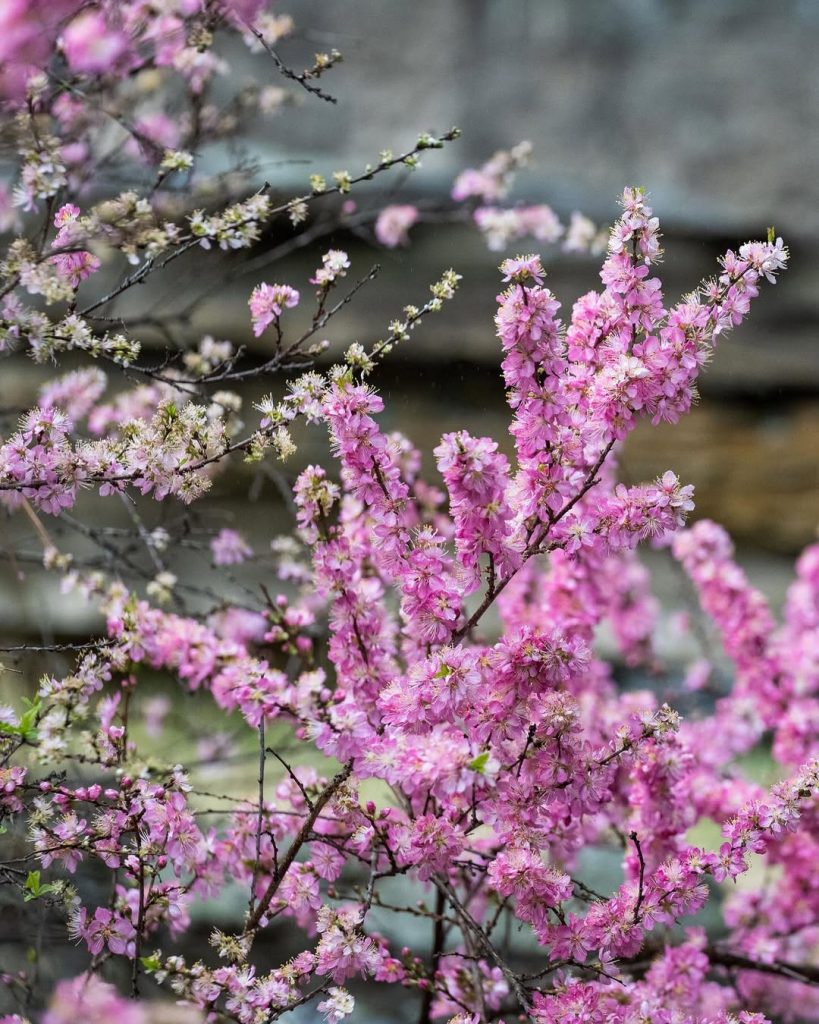
Few trees can rival the breathtaking beauty of a flowering cherry in full bloom. With its frothy clouds of soft pink or white blossoms, it brings a sense of romantic elegance to any backyard or modern porch design.
These trees typically bloom in early spring and make a perfect centerpiece for a well-designed outdoor space. Depending on the variety, they can range in size from small (15 feet) to medium (25 feet) and are best suited to USDA zones 5–8.
They work especially well in formal gardens, Zen-inspired landscapes, or even minimalist outdoor setups with modern patio furniture. Their arching branches look beautiful when paired with stone paths or gravel borders.
Keep in mind that flowering cherries prefer full sun and well-drained soil. While they don’t offer much shade, they provide a stunning seasonal moment that sets the tone for your garden’s entire aesthetic.
5. Crabapple (Malus spp.)
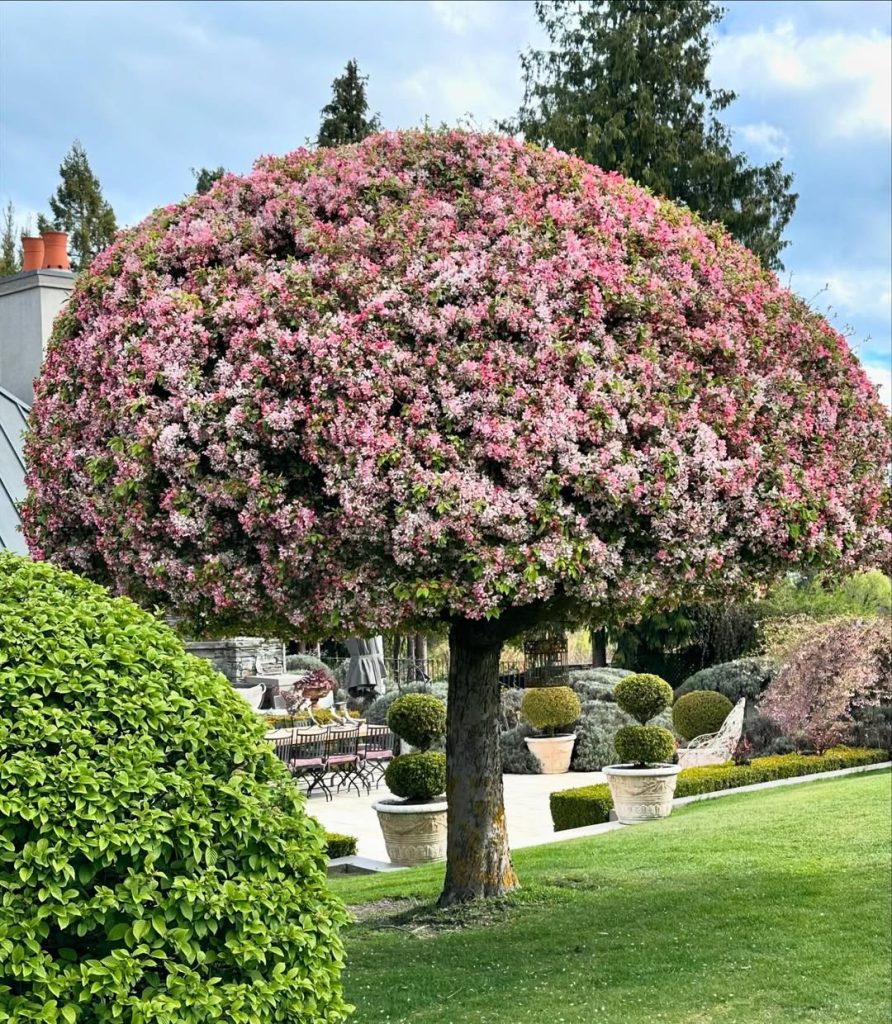
Crabapples are a triple threat—offering gorgeous spring flowers, summer fruit, and colorful fall foliage. This makes them an incredibly dynamic choice for homeowners looking to maximize beauty year-round.
The blossoms range in color from white to pink to deep magenta and often have a lovely fragrance. You’ll also enjoy tiny, decorative fruits in the summer and fall, which attract birds and wildlife.
Crabapples typically grow 15–25 feet tall and work well as specimen trees or even privacy screens in more open landscapes. They can enhance both classic and modern back porch ideas with their romantic look and practical benefits.
Hardy in zones 4–8, crabapples prefer full sun and well-drained soil. Look for disease-resistant varieties to minimize maintenance. A flowering crabapple near your porch or seating area creates a dreamy view and a cozy, welcoming atmosphere.
6. Crape Myrtle
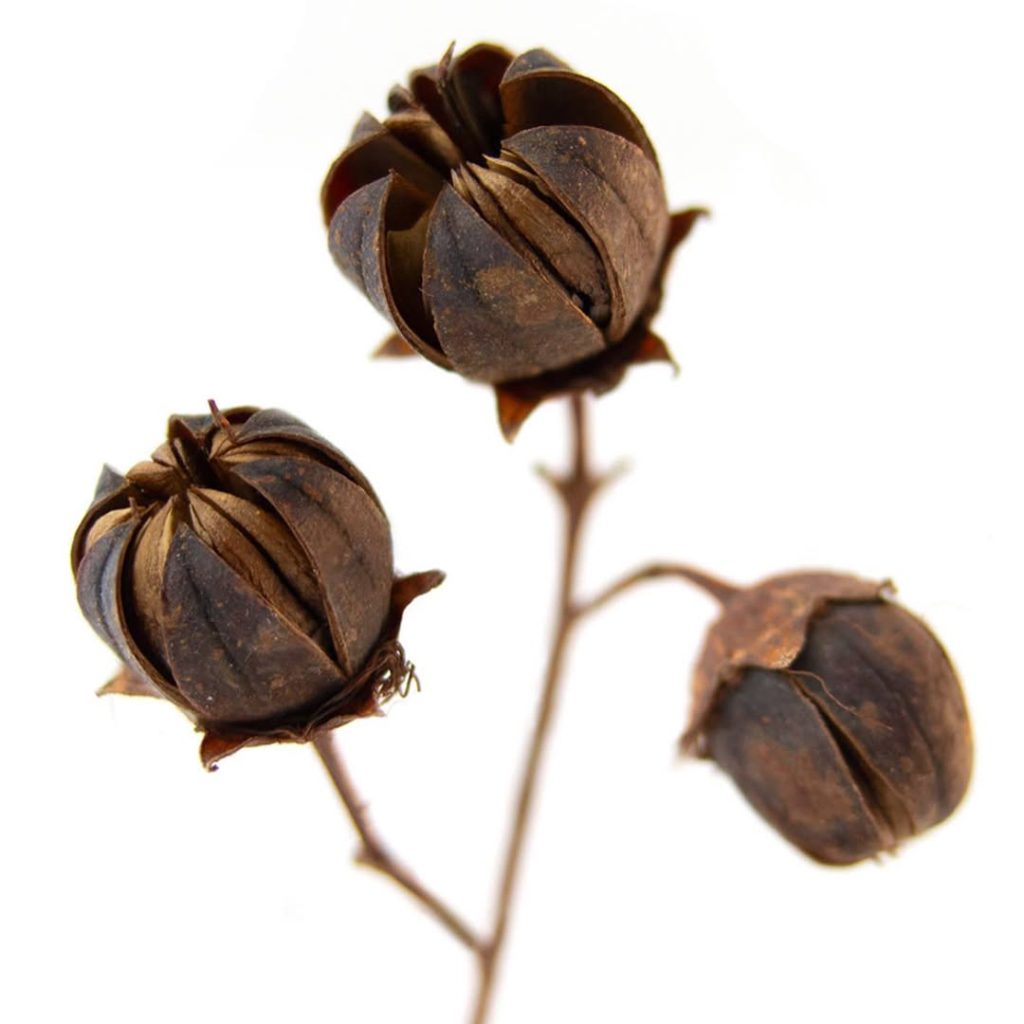
A Southern favorite, crape myrtle trees are adored for their long-lasting summer blooms and low-maintenance appeal. Their blossoms come in vivid shades of pink, white, red, and purple, bringing vibrant energy to your landscape when other trees are quiet.
They are ideal for hot climates and grow well in zones 6–9. Crape myrtles can be grown as small trees or large shrubs, often reaching 15–25 feet tall. Their peeling bark and sculptural branching add year-round visual interest.
If you’re working with a modern back porch layout, try lining a pathway with crape myrtles or placing one as a centerpiece near an outdoor dining set. They’re drought-tolerant once established and thrive in full sun.
This flowering tree blends charm with durability, making it a go-to choice for busy homeowners who still want a standout landscape.
7. Fringe Tree (Chionanthus virginicus)
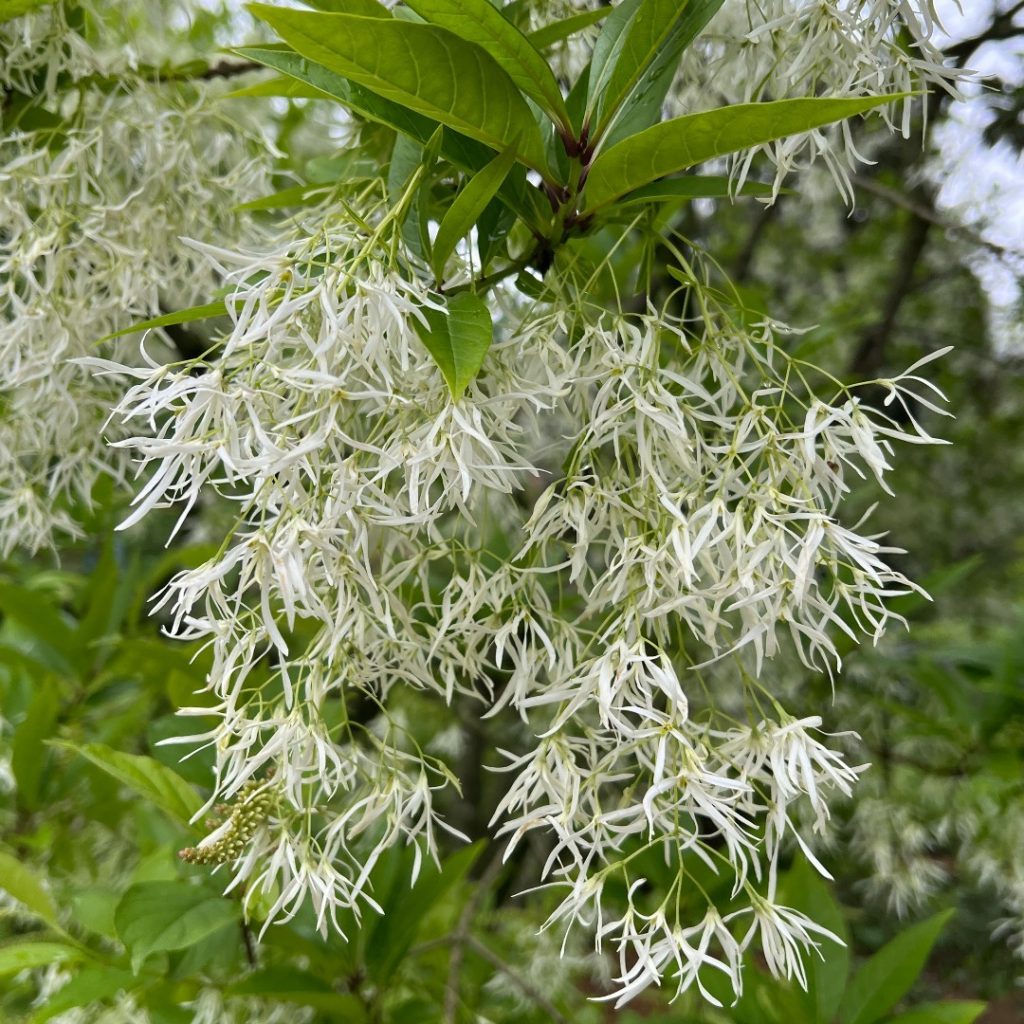
The fringe tree might be one of the most underrated flowering trees out there. Native to the southeastern U.S., this delicate-looking tree bursts into bloom in late spring with clusters of white, fringe-like flowers that look like confetti.
It’s compact—typically topping out around 12–20 feet—making it great for small yards or accent planting. Despite its dainty flowers, this tree is surprisingly hardy and grows well in zones 3–9.
It pairs beautifully with a soft, romantic back porch decor theme or even a wilder, woodland-style garden. Its subtle beauty makes it a unique yet elegant addition to more natural or rustic landscapes.
Fringe trees prefer full sun to partial shade and can tolerate a variety of soil types. Add this tree if you’re aiming for a quiet, graceful kind of beauty in your outdoor living space.
8. Japanese Lilac Tree
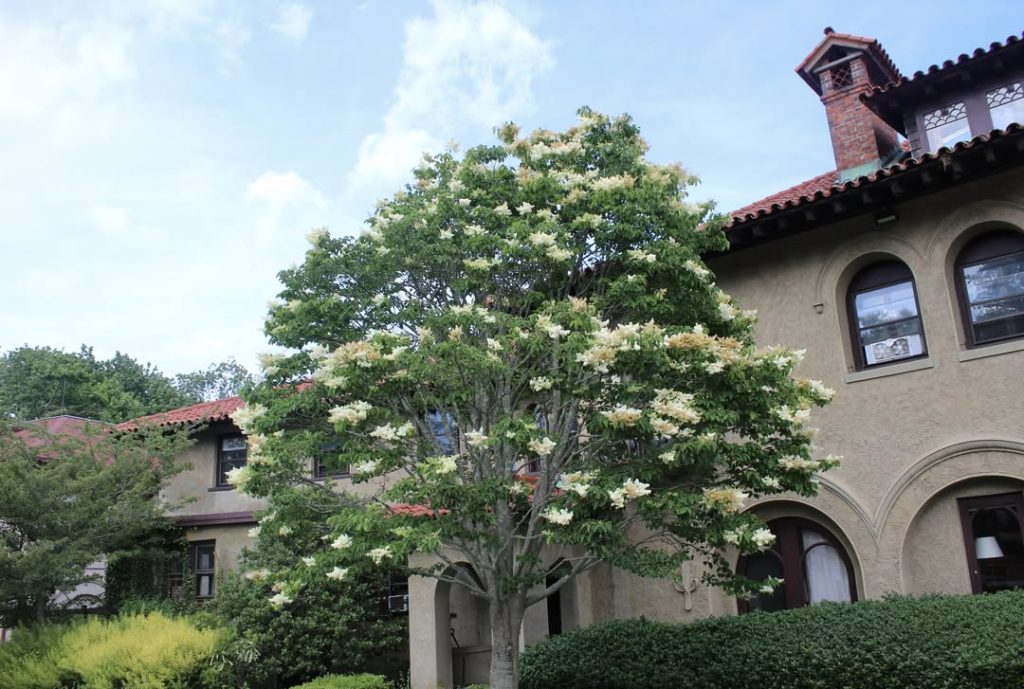
If you love the scent of lilacs but need a more tree-like structure, the Japanese lilac is a smart solution. Unlike its shrubby cousin, this tree grows up to 20–30 feet tall and delivers creamy white flower clusters in early summer.
The scent is heavenly—sweet but not overpowering—making it an excellent choice for planting near outdoor dining spaces or patios where you entertain.
Japanese lilac trees are highly adaptable and work well in zones 3–7. They thrive in full sun and prefer well-drained soil. Because they bloom after many spring trees have faded, they extend the flowering season in your yard.
Their clean, upright growth habit pairs well with minimalist garden styles or structured modern patio furniture. They’re also relatively low maintenance, with strong resistance to pests and disease.
9. Serviceberry (Amelanchier)
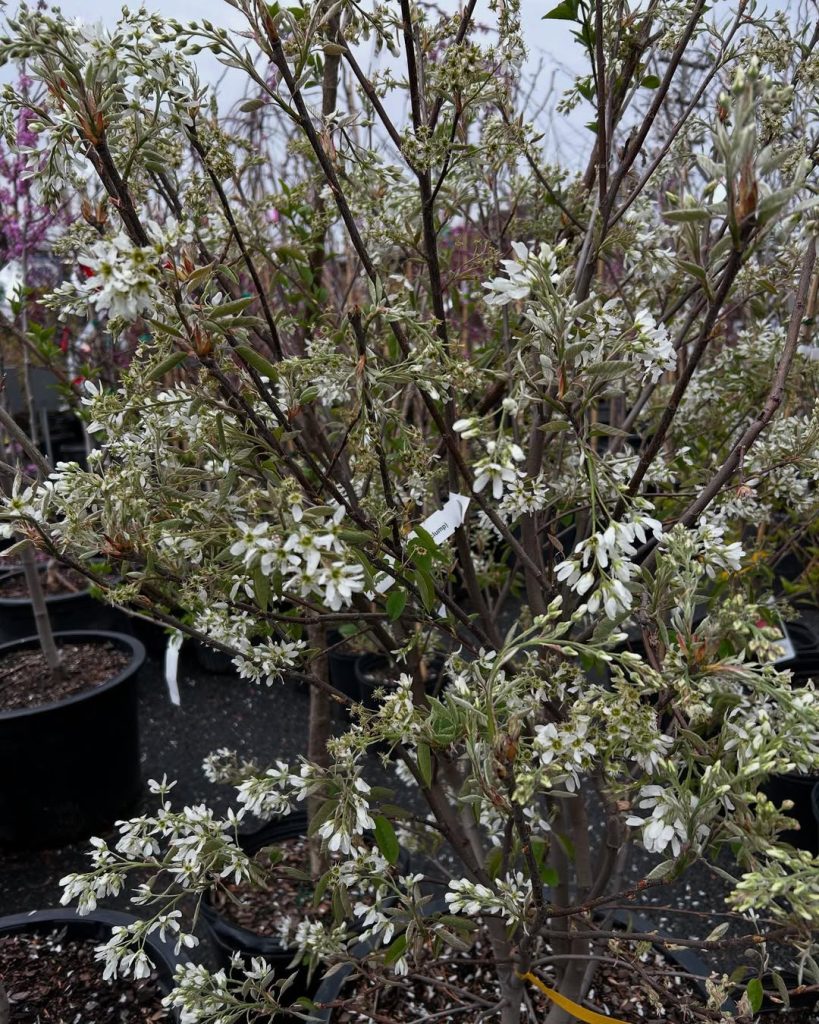
Serviceberry trees are a delight in every season. They bloom in early spring with delicate white flowers, produce edible berries in summer, and show off brilliant orange-red foliage in the fall.
This native tree is an excellent choice for those looking to blend beauty with practicality. It typically reaches 15–25 feet in height and grows well in zones 4–9. Its multi-stemmed structure gives it a natural look, perfect for cottage gardens or transitional outdoor spaces.
Plant it near a pathway or seating area for maximum enjoyment of its seasonal transitions. The berries attract birds, so it’s also a good pick for nature lovers.
Serviceberries like full sun to partial shade and are adaptable to many soil types. Their low-maintenance nature makes them an ideal tree for both beginner and experienced gardeners alike.
10. Kwanzan Cherry
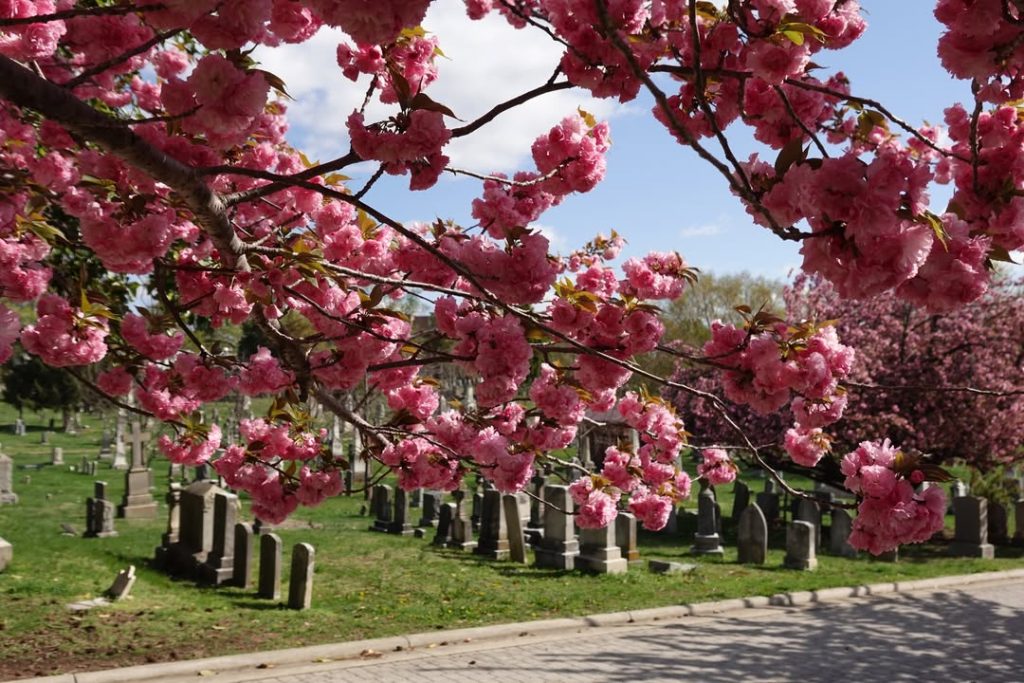
If you’re after maximum floral drama, look no further than the Kwanzan cherry tree. This variety produces large, double-petaled pink blooms that practically shout springtime.
It’s a bit more compact than some flowering cherries, reaching about 25–30 feet at maturity, and grows best in zones 5–9. The tree’s vase-like shape and intense bloom display make it a standout focal point for front yards or backyard seating areas.
Its structured form and lush appearance make it ideal for modern outdoor living spaces that blend romance with elegance. Kwanzan cherries thrive in full sun and well-drained soil, and while their blooming period is short, it’s truly unforgettable.
For added impact, plant several in a row along a pathway or driveway—just like the cherry blossom parks of Japan.
11. Japanese Tree Lilac (Syringa reticulata)
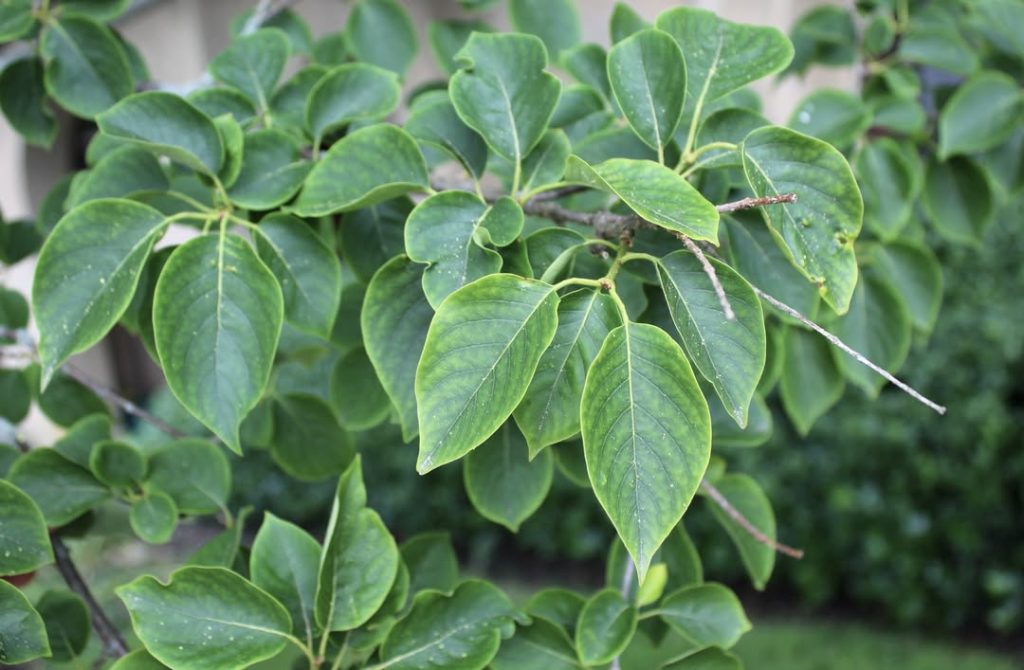
If you love the sweet fragrance of lilacs but need a tree version for your outdoor living space, the Japanese Tree Lilac is a stellar option. It’s like having a gigantic bouquet in your backyard!
This flowering tree can grow up to 25 feet tall and bursts into creamy white flowers in early summer when most other flowering trees have already bloomed. That makes it a perfect choice for anyone looking to extend their garden’s blooming season. Its soft, fluffy blossoms offer a delicate look that pairs well with modern back porch ideas and sleek outdoor seating areas.
The Japanese Tree Lilac thrives in USDA zones 3 through 7 and prefers full sun. It’s relatively low-maintenance, pest-resistant, and drought-tolerant once established. The blossoms give off a pleasant, mild fragrance, making it a peaceful addition to your outdoor sanctuary.
Because of its upright shape and light-colored blooms, this tree looks stunning when paired with modern patio furniture or contemporary garden pathways lined with pea gravel. It’s perfect for adding elegance to minimalist or Nordic-inspired landscapes.
12. Flowering Almond (Prunus triloba)
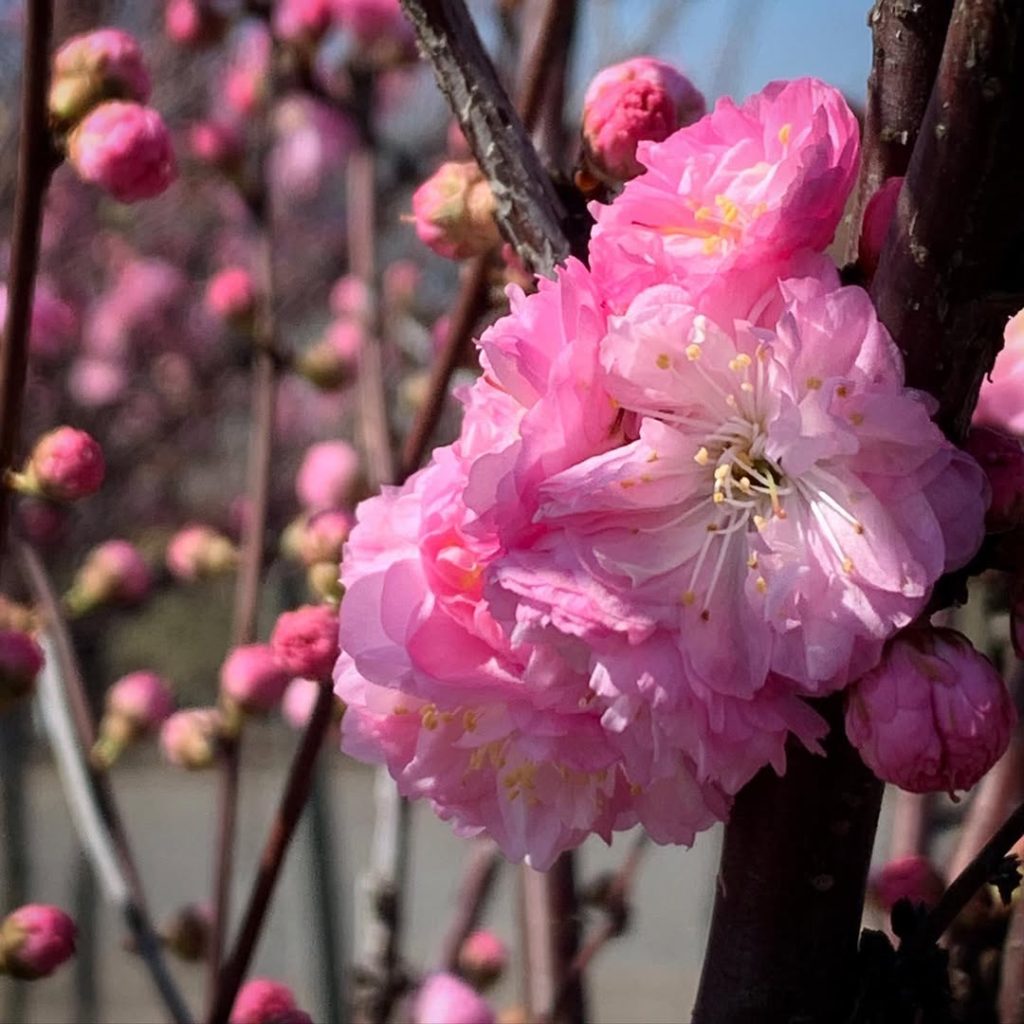
The Flowering Almond may be small in stature, but it delivers big on charm. Growing to just about 10 to 15 feet tall, this ornamental tree is ideal for compact yards, back porches, or cottage-style gardens that need a vibrant focal point.
In early spring, its branches become enveloped in clusters of fluffy pink double blooms—so dense, they can nearly obscure the branches beneath. It adds a soft, romantic feel that’s hard to resist, especially when framed with cozy back porch decor like vintage lanterns, bistro chairs, or wicker furniture.
This tree prefers well-drained soil and full to partial sun and thrives in USDA zones 4 through 8. It’s also relatively easy to shape, so you can prune it into a small tree or leave it as a large, flowering shrub depending on your layout preferences.
Pair this with other flowering shrubs or groundcover plants to create a cohesive and enchanting garden nook that invites relaxation and daydreaming.
13. Crape Myrtle (Lagerstroemia)

If you live in a warm climate and want a showstopper of a tree, the Crape Myrtle is a must-have. Known for its long blooming period and brilliant color options—pink, purple, red, and white—this tree offers vibrant beauty from mid-summer through fall.
Crape Myrtles range in size from 10 to 30 feet tall, making them versatile for both small backyards and expansive landscapes. Their multi-stemmed trunks and peeling bark add architectural interest, while the showy blooms light up any outdoor space.
They thrive in USDA zones 7 through 10 and love full sun. These trees are drought-tolerant, low-maintenance, and resist most pests and diseases. They also make excellent companions to modern outdoor living setups with pergolas, trellises, and fire pit areas.
Want a Southern-inspired back porch look? Frame your seating area with Crape Myrtles, string up some Edison lights, and add cozy outdoor cushions for a space that’s full of charm and color.
14. Weeping Cherry (Prunus subhirtella ‘Pendula’)
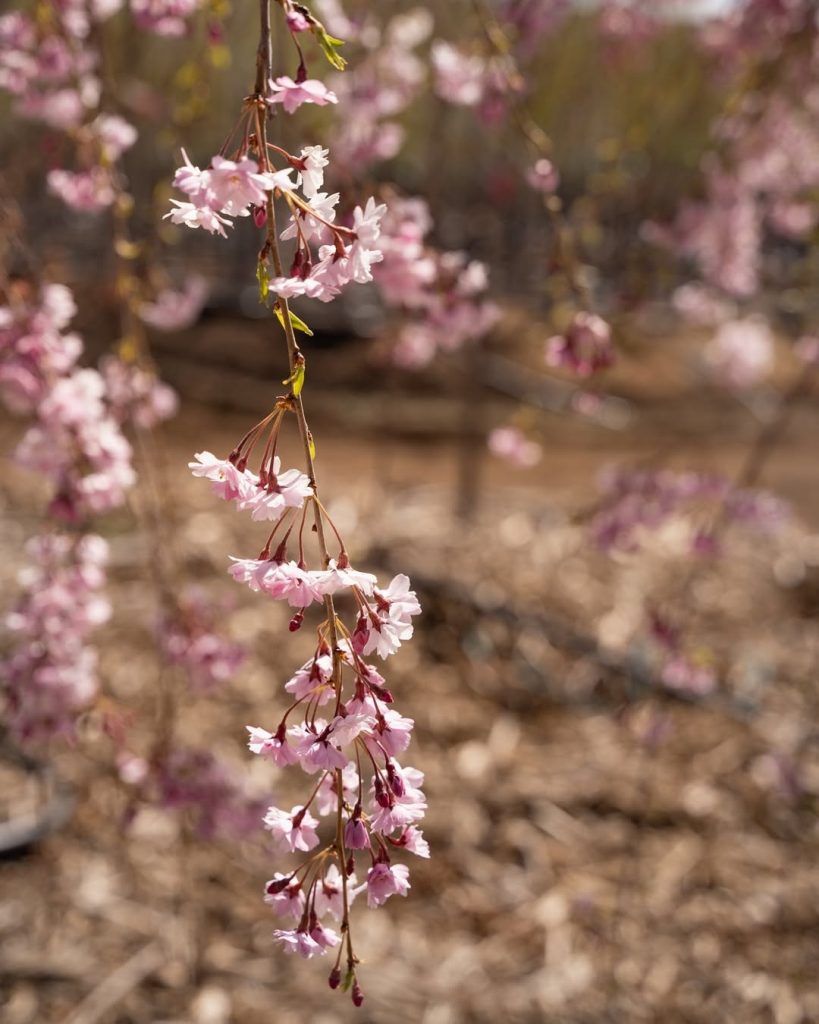
There’s something magical about a Weeping Cherry tree. Its gracefully arching branches drip with delicate pink or white blossoms in spring, creating a fairytale canopy effect that transforms any garden into an ethereal escape.
This flowering tree typically reaches 20 to 30 feet in height and thrives in USDA zones 5 through 8. It prefers full sun and well-drained soil. Because of its romantic draping form, it works beautifully as a standalone focal point in your backyard or near a pond, patio, or even a garden bench nook.
If you’re curating a zen or forestcore-themed outdoor space, the Weeping Cherry is ideal. Complement it with soft lighting, minimalistic back porch decor, and natural stone pathways to evoke tranquility and peace.
Though it’s showy in spring, its finely textured foliage and graceful shape offer year-round interest, making it an investment-worthy addition to any modern garden design.
15. Dogwood (Cornus florida)
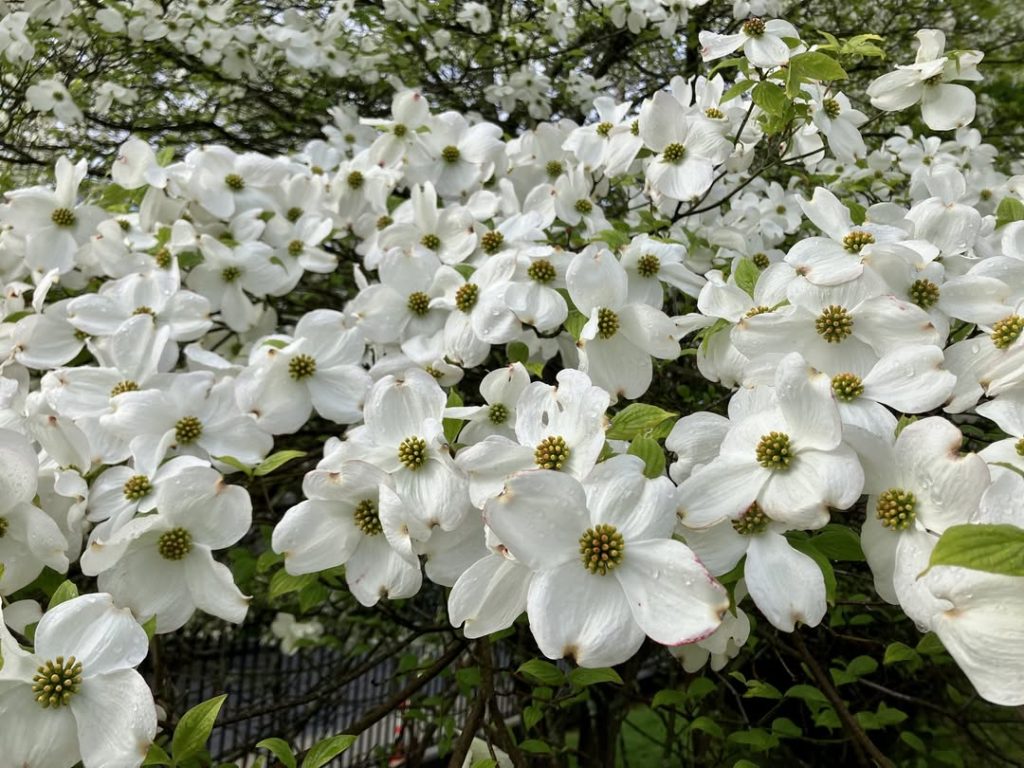
Few flowering trees capture the essence of spring quite like the Dogwood. Native to the eastern U.S., this beloved tree is known for its iconic four-petaled blossoms, which appear in shades of white, pink, or even red.
Dogwoods typically grow up to 20 to 25 feet tall and are perfect for planting along pathways, near patios, or as an accent tree beside your back porch. In addition to spring blooms, Dogwoods offer vibrant red fall foliage and berries that attract birds, giving you interest all year round.
Best grown in USDA zones 5 through 9, Dogwoods prefer partial shade and well-drained soil. They pair beautifully with rustic outdoor living elements like wooden rockers, iron lanterns, and natural stone accents.
For a cohesive look, incorporate native wildflowers or groundcover beneath the tree, and you’ll have a picture-perfect corner of your yard that looks lifted from a magazine spread.
16. Magnolia Stellata (Star Magnolia)

The Star Magnolia is an early bloomer that brings a burst of beauty to your yard just when you need it most—often before the grass even starts to green.
This compact flowering tree stays around 15 to 20 feet tall and is ideal for small outdoor spaces or container gardens. Its fragrant, star-shaped white blossoms are lightly fragrant and incredibly showy, especially against the backdrop of still-dormant garden beds.
It thrives in USDA zones 4 through 8 and prefers full sun to part shade. Because of its manageable size and graceful look, it’s an excellent option for bordering patios or placing near porch steps where you can enjoy the blooms up close.
The Star Magnolia fits seamlessly with back porch decor that leans elegant or farmhouse chic—think white-washed wood, vintage-inspired furnishings, or a quiet reading bench with throw pillows and a floral wreath nearby.
17. Eastern Redbud (Cercis canadensis)
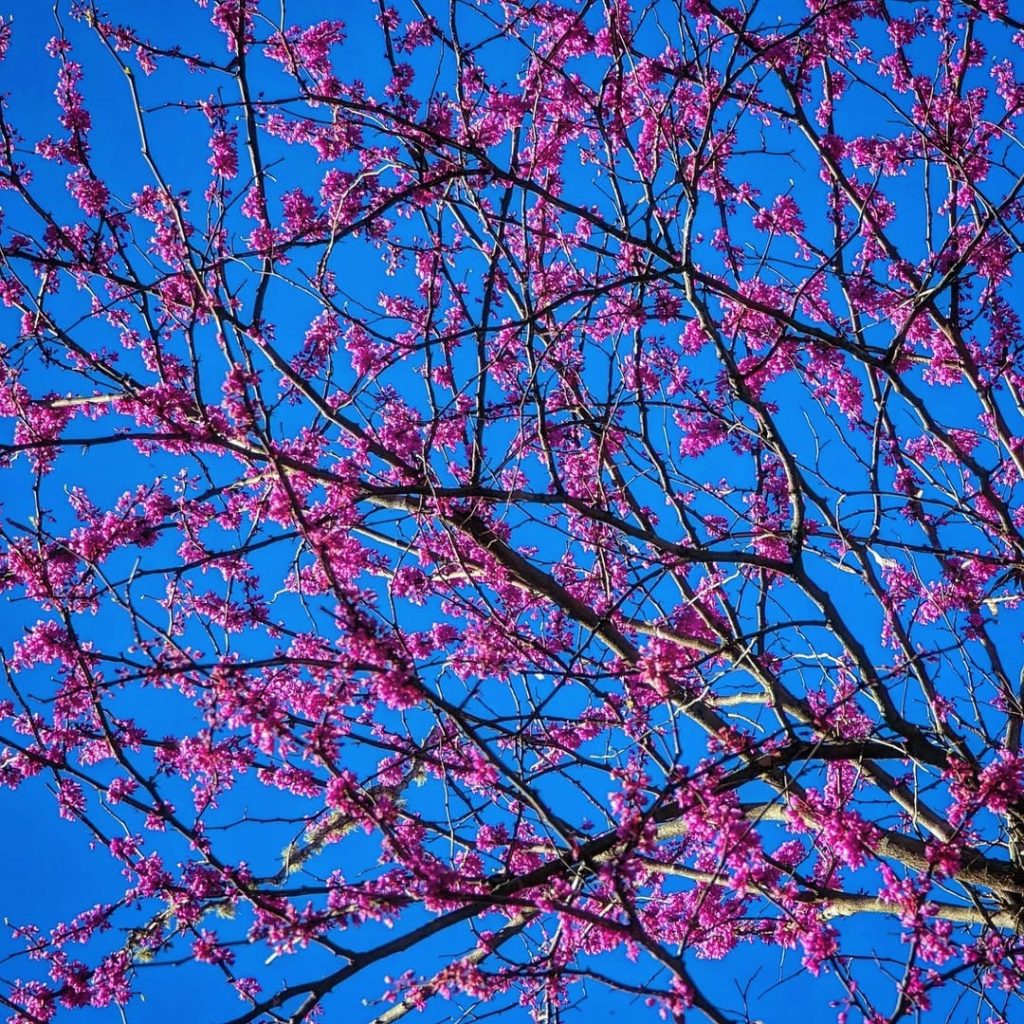
The Eastern Redbud is a favorite among gardeners for its unique purple-pink flowers that bloom directly on its bare branches—before the leaves even appear. It’s an eye-catching and artistic tree that feels almost sculptural in the landscape.
This tree typically grows 20 to 30 feet tall and does best in USDA zones 4 through 9. It thrives in full sun to partial shade and tolerates a variety of soil types. The heart-shaped leaves that emerge after blooming add another layer of beauty, turning golden yellow in fall.
Redbuds are excellent accent trees for garden borders, patio corners, or lining a modern back porch with flair. Because of their stunning spring display and attractive structure, they work well with outdoor living spaces that include clean lines, metal planters, and modern patio furniture.
If you’re looking to make a bold, artsy statement with a tree that offers more than just flowers, the Eastern Redbud checks all the boxes.
Conclusion
Adding flowering trees to your outdoor living space is one of the most rewarding ways to enhance its beauty, functionality, and seasonal charm. Whether you’re drawn to the weeping elegance of a cherry tree or the vibrant hues of a redbud, each of these flowering trees can turn your backyard into a personal retreat that feels both inviting and inspiring.
With so many stunning choices—each offering unique blooms, scents, and textures—you can easily find the perfect match for your style. Whether your outdoor aesthetic leans rustic, modern, romantic, or minimalist, there’s a flowering tree ready to complement it beautifully.
Don’t be afraid to mix and match for variety, or build a theme around one favorite species. With a thoughtful layout and some cozy back porch decor, your flowering tree can become the crown jewel of your outdoor space.
Here’s to more time outside—surrounded by blooms, beauty, and blissful backyard moments.

